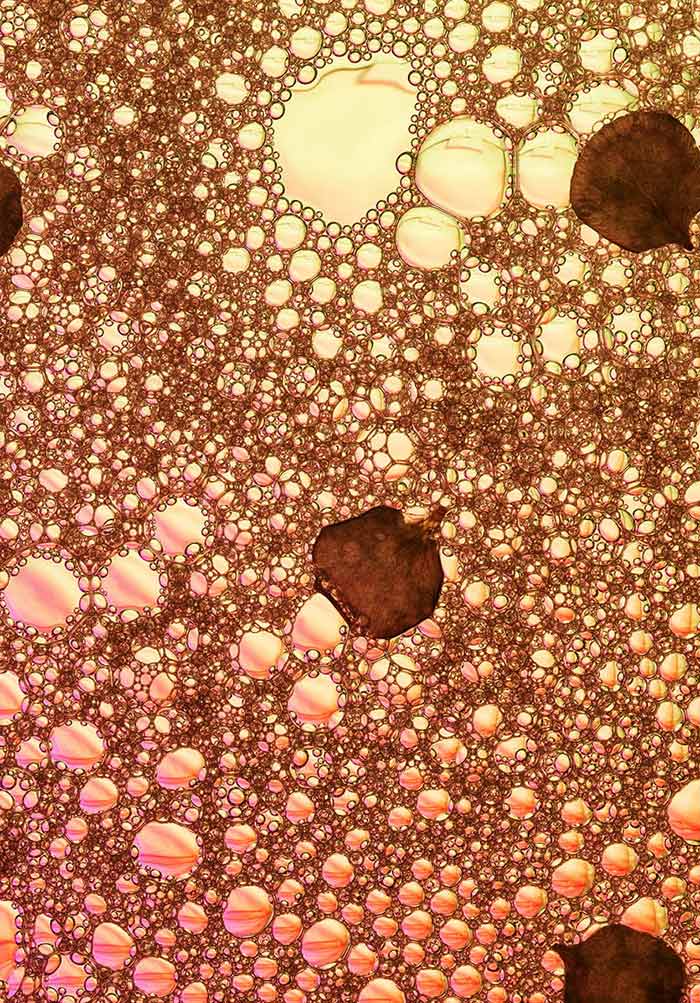Porosity Of Ceramics Properties And Applications

Ceramics play an important role in our day to day life.
Porosity of ceramics properties and applications. Focuses on the effects of porosity and microcracking on the physical properties of ceramics particularly nominally single phase ceramics. Here we classify ceramics into five properties. Open porosity is often a crucial measurement and is an important density parameter. The book elucidates the fundamental interrelationships determining the development and use of materials for actual and potential engineering needs.
Modern ceramics can be defined as the compounds of metals and non metals. The properties of hardness chemical inertness thermal shock. Focuses on the effects of porosity and microcracking on the physical properties of ceramics particularly nominally single phase ceramics. It aims to help in the understanding of porosity effects on other materials from ceramic composties cements.
The book elucidates the fundamental interrelationships determining the development and use of materials for actual and potential engineering needs. They generally have ionic atomic bonding between them. Advanced porous ceramics also called ceramic foams are being utilized in a broad range of applications in order to mitigate several environmental biological and transportation related issues facing society ceramic materials offer many distinct advantages over other materials such as polymers or metals. Focuses on the effects of porosity and microcracking on the physical properties of ceramics particularly nominally single phase ceramics.
They generally have ionic atomic bonding between them. The porosity of a substance reveals the volume of pores present in the material. Porosity of porous ceramics the number of connecting struts between the cells pores in the microstructure plays a fundamental role in their mechanical strength behavior. It can have a strong effect on the properties of a ceramic material.
Ceramics usually withstand high temperature but it has poor mechanical properties. The general properties for porous ceramics can be designed for specific environmental application by controlling their composition and microstructure. Development of ceramics helps to decrease the demand in industries. Focuses on the effects of porosity and microcracking on the physical properties of ceramics particularly nominally single phase ceramics.
Changes in open and closed porosity distribution of pore size and shapes of pore can have a main effect on the properties of porous ceramics. The book elucidates the fundamental interrelationships determining the development and use of materials for actual and potential engineering needs. It aims to he. Open porosity can reduce the strength and allow permeability to gases or liquids.















































